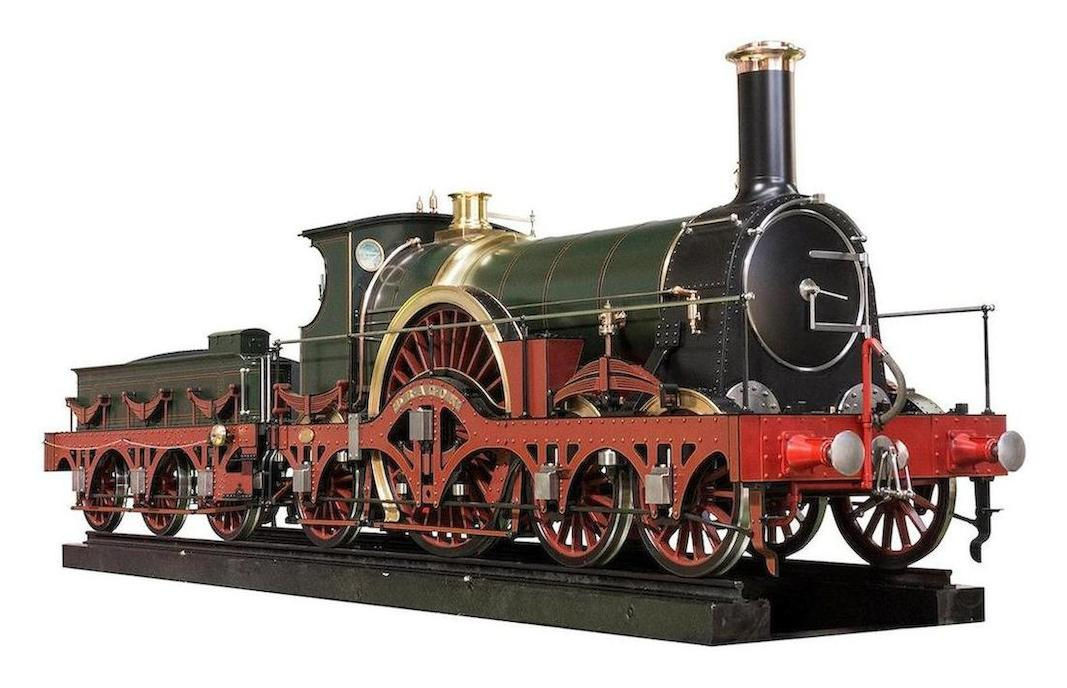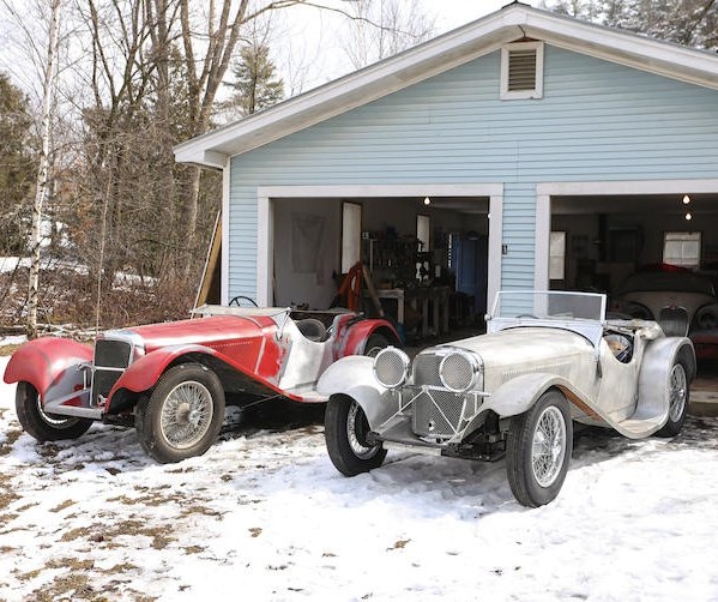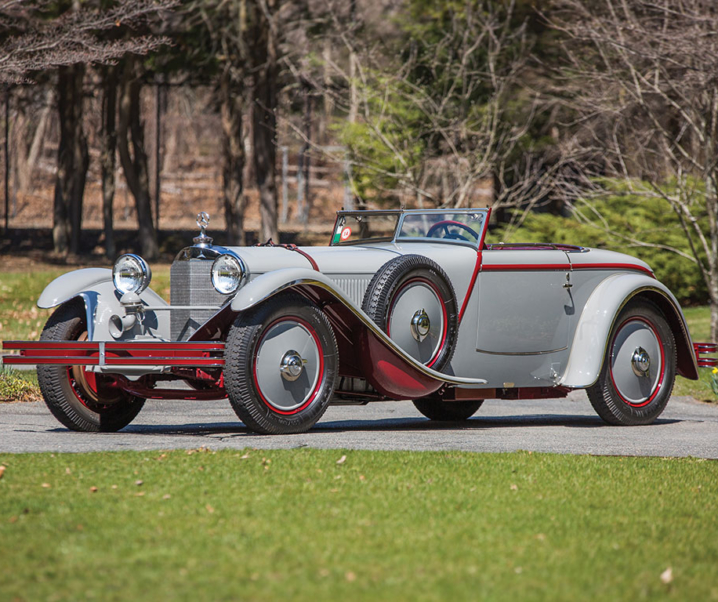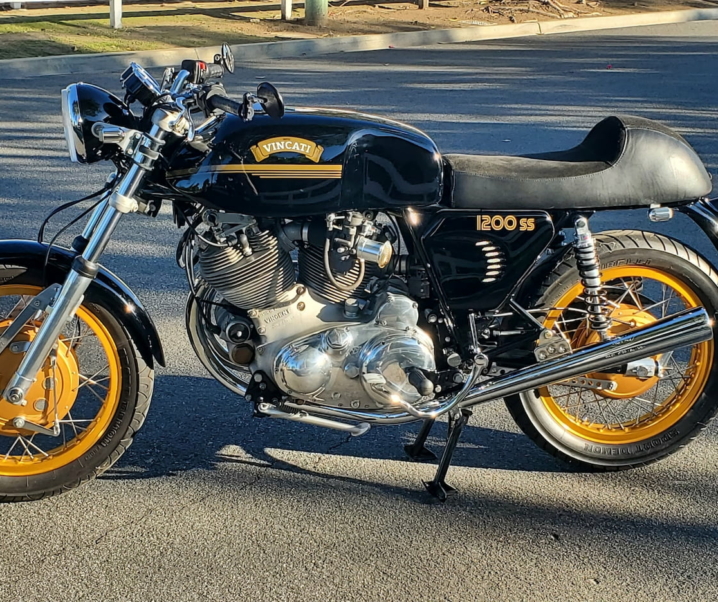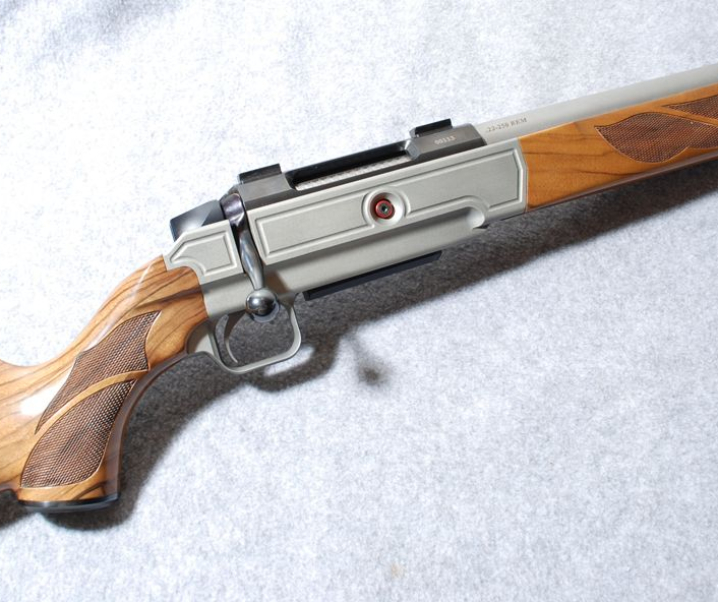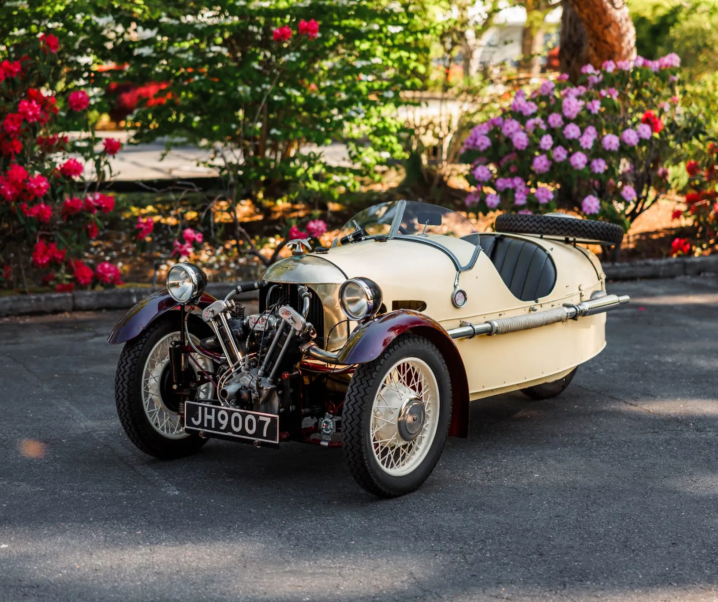Britain’s Great Western Railway was sometimes called “God’s Wonderful Railway”. It was the train line that headed out from London to the west to the holiday towns of the West Country all the way down to Torquay in Devon (Where Basil Fawlty’s famous hotel was located) and on down to Cornwall. The railway line when it was first built was created by legendary British engineer Isambard Kingdom Brunel and he initially choose to make the gauge of the tracks 7’¼” which is much larger than the “Standard Gauge” which we find nowadays across Britain, Europe and the United States. Given the size that United States locomotives would later grow to Brunel’s Broad Gauge would have accommodated them much better, although his Broad Gauge was only to last from 1836-1892. The Great Western Railway running in Broad Gauge was the western railway of the Victorian era and any time Sherlock Holmes and Doctor Watson travel west to Devon or Cornwall it would most likely have been on the Broad Gauge Great Western Railway.
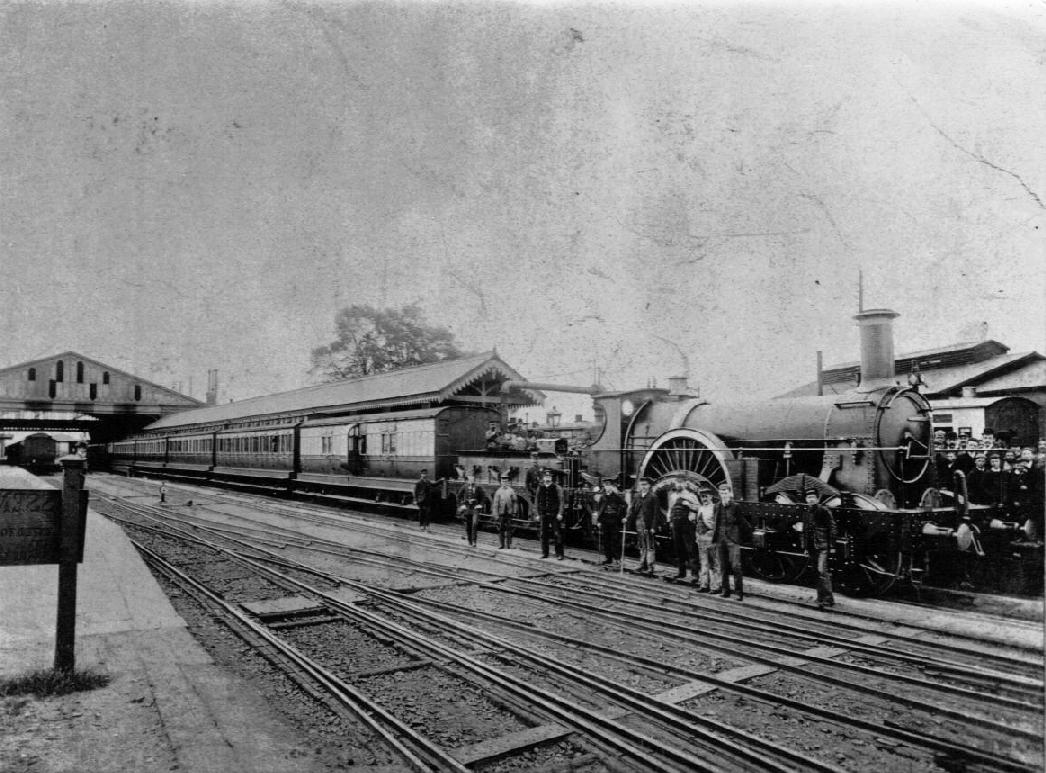
Isambard Kingdom Brunel was a visionary engineer credited with not only his railway designs but also bridges and ships. His vision was to extend rail transport across the ocean by using large steel steam ships which could speedily and safely cross the Atlantic to the United States. His ship the “Great Eastern” was his extraordinary effort to bring this to fruition.
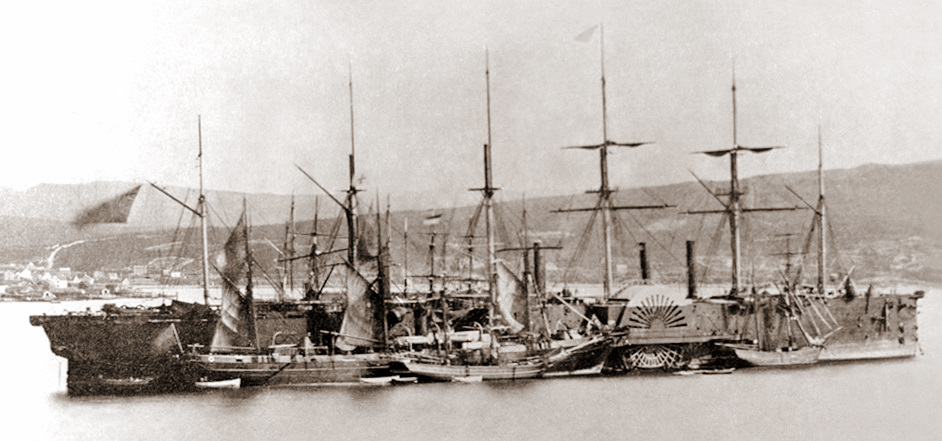
The 7’¼” Broad Gauge railway provided superior comfort and speed by comparison with the 4’8½” gauge that the rest of Britain and Europe standardized on. This created the obvious difficulties with transshipping of goods and passengers from one system to the other when two rail systems met. Ultimately this would lead to the Great Western Railway changing over to 4’8½” standard gauge by 1892. The Broad Gauge era is one that is remembered and celebrated by enthusiasts in Britain despite the fact that none of the original Broad Gauge locomotives have been preserved. The last of the “Iron Duke” class, (which is the predecessor of the Rover Class on which the model we are featuring is based) was named “Lord of the Isles” and it was preserved at the GWR’s Swindon works up until January 1906 when it too was scrapped leaving no survivor of this, the most advanced Broad Gauge locomotives to have been built.
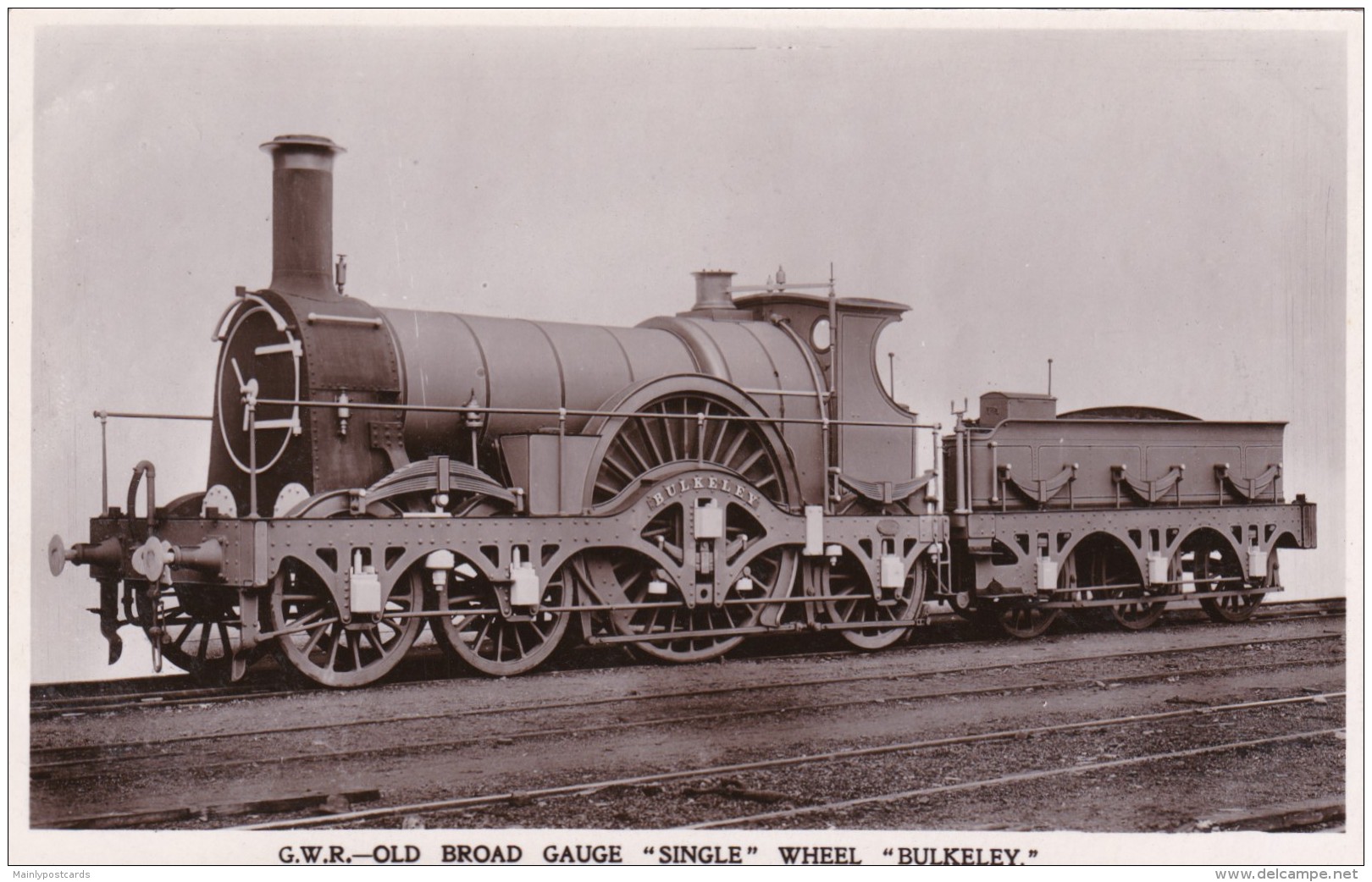
A full size replica of the Iron Duke was constructed in 1985 for the Science Museum but because of budgetary constraints this re-construction was not fully faithful to the original but focused on replicating the visual appearance. Thus it is that the only remaining examples of the Iron Duke Class and its derivative the Rover Class actually only exist in carefully constructed models that replicate not only the appearance but the engineering details.. The model in our feature image at the head of this post and below is one of the best of these.
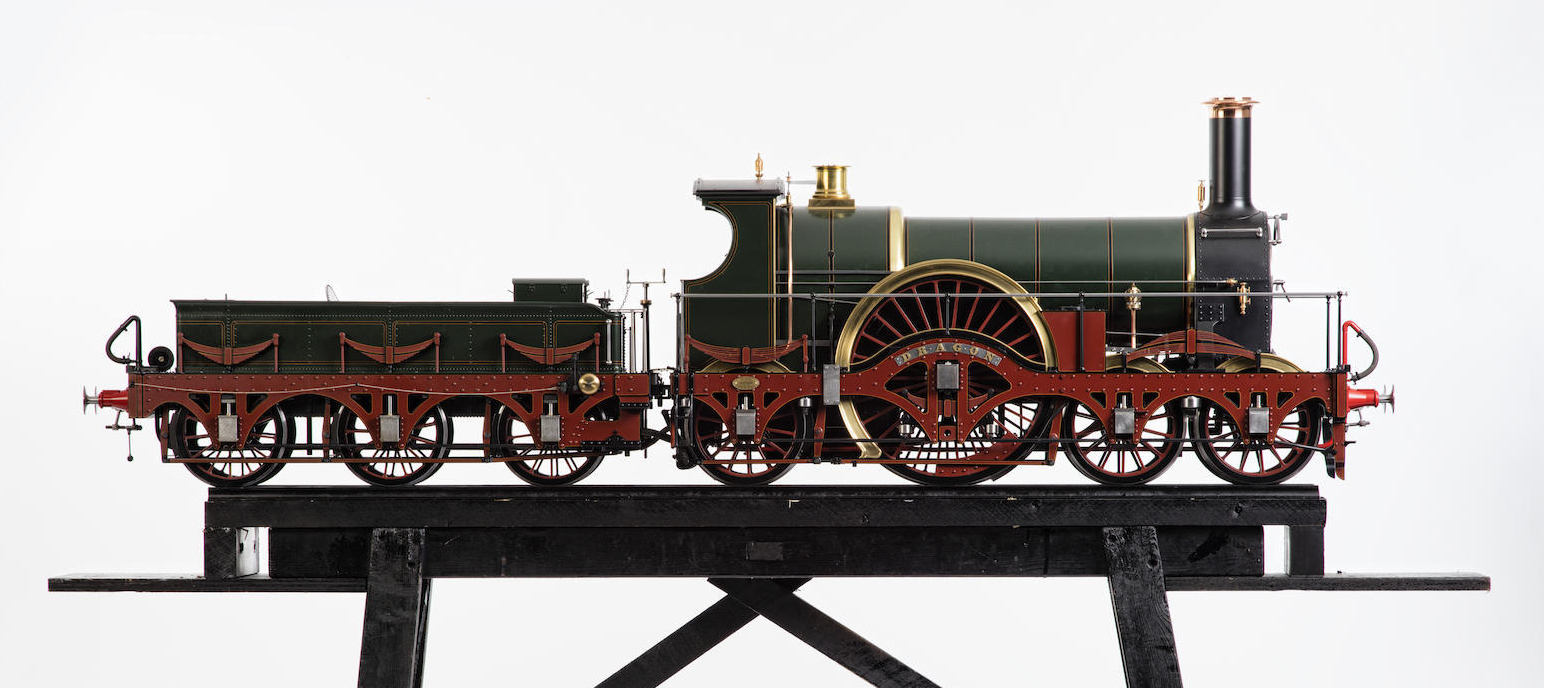
The model of “Dragon” made by Ken Woodham is a no compromise fully accurate model that incorporates the engineering detail of these locomotives exactly. This means that the model is quite fragile to handle and is best as a display piece for the study and appreciation of this design. The original locomotives were designed by engineer Daniel Gooch who was recruited by Brunel to design locomotives for his Great Western Railway. The Iron Duke and derivative Rover Class were the most advanced of the Broad Gauge locomotives created and were of such a good design that Daniel Gooch’s successor Joseph Armstrong based his standard gauge single drive express locomotives the Sir Daniel Class and the Queen Class on the Iron Duke and Rover.
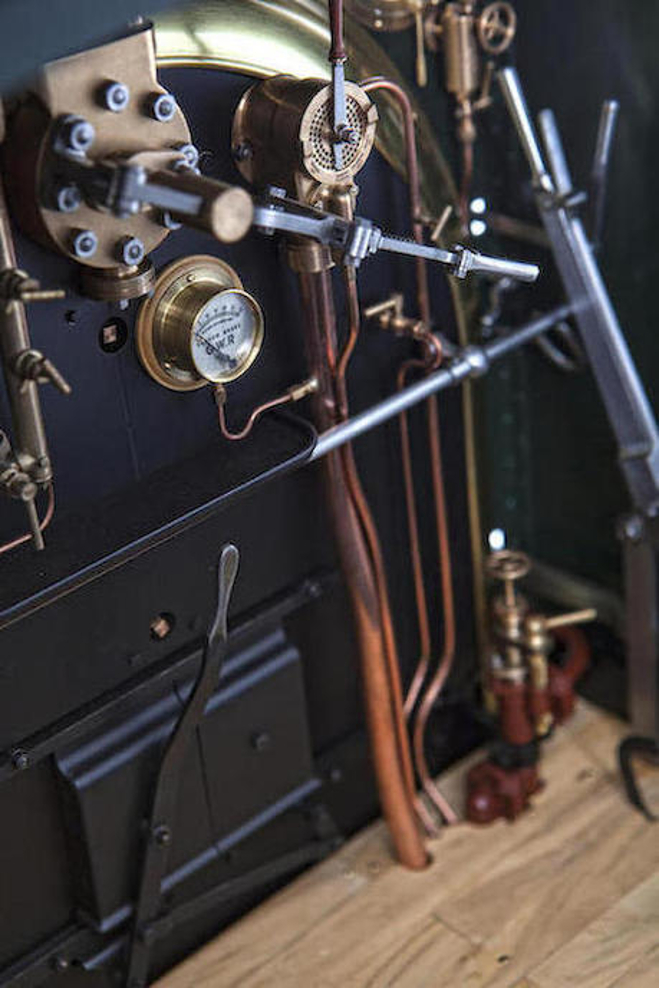
This Ken Woodham model measures 72 ins (183cm) in overall length and is built to a scale of 8.22:1 so it will fit on 10¼” gauge track. The model comes on a display stand as pictured.
You will find the Bonhams sale page for this quite amazing piece of railway locomotive modeling art if you click here.
If the model is a tad out of your price range you might still be interested in Christopher Awdry’s book “Brunel’s Broad Gauge Railway” which you can find on Amazon if you click here.
This model is one of a major icon of British railway history. It will make a wonderful addition to any collection of model locomotives and is likely to become the centerpiece.


Jon Branch is the founder and senior editor of Revivaler and has written a significant number of articles for various publications including official Buying Guides for eBay, classic car articles for Hagerty, magazine articles for both the Australian Shooters Journal and the Australian Shooter, and he’s a long time contributor to Silodrome.
Jon has done radio, television, magazine and newspaper interviews on various issues, and has traveled extensively, having lived in Britain, Australia, China and Hong Kong. His travels have taken him to Indonesia, Israel, Italy, Japan and a number of other countries. He has studied the Japanese sword arts and has a long history of involvement in the shooting sports, which has included authoring submissions to government on various firearms related issues and assisting in the design and establishment of shooting ranges.

